Learn
- Cols //
- Cycling Tours //
- Learn //
- Ask the experts //
- Shop

Five Must Ride Climbs in the Pyrénées
Our personal favourites from the making of season one.
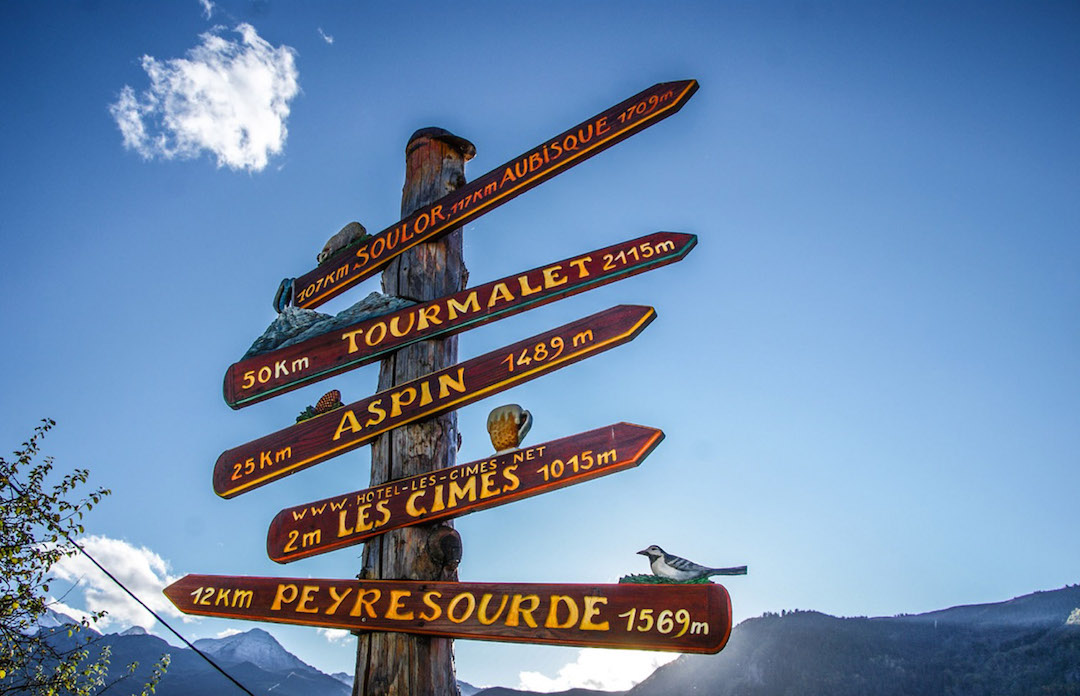
Strategically nestled between the Atlantic Ocean and the Mediterranean Sea, the Pyrénées form a natural border of inspiration and beauty between France and Spain that every cyclist should endeavor to explore for themselves. Whether you are akin to tackling a multi-day point-to-point crossing of the mountain range or simply want to spend a few days riding in the tyre tracks of the professionals, on some of the most challenging yet serene roads the world has to offer, as you make your plans for the summer remember to ensure these climbs feature on your list of “must ride” mountains.
Col d’Aubisque
Along with the Col du Tourmalet, the Col d’Aubisque sits amongst the legends of the Pyrénées with a rich heritage in the Tour de France. It first featured in the race in 1910 when the roads were no more than goat tracks and bikes weighed twice what they do today and featured steel frames, wooden rims and only one gear! To top it off, on that occasion, the stage was an inexplicable 326km long so there’s little wonder why cycling has such an archive of tales from the road.
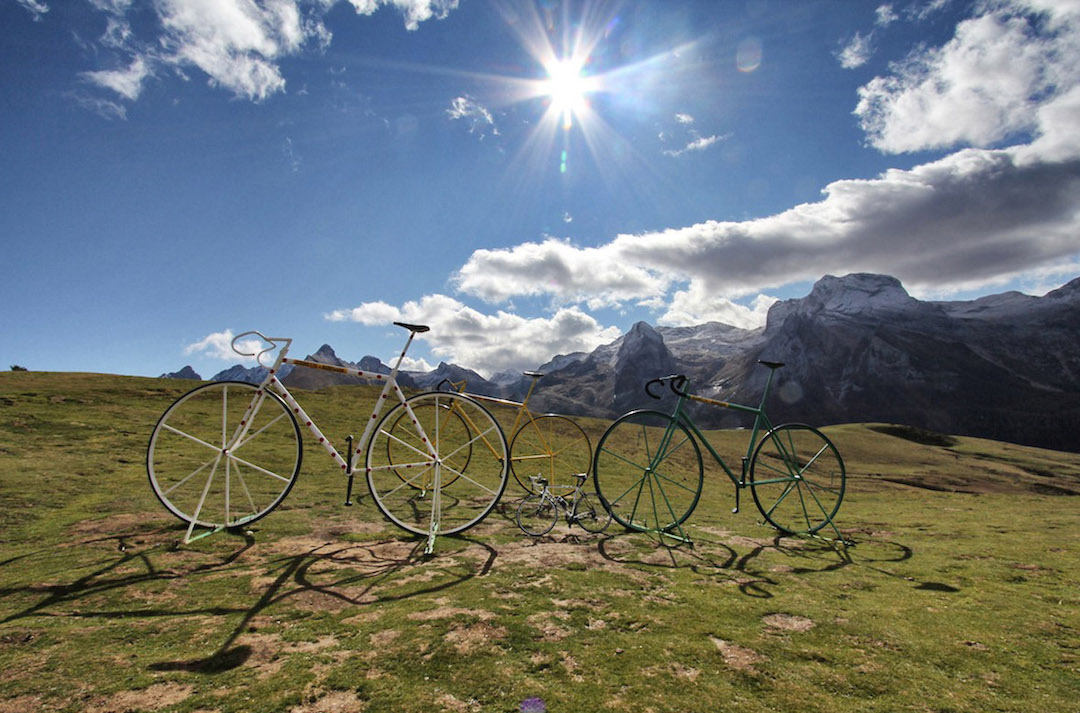
From the west the ascent starts in Laruns with the initial stretch to the spa resort of Eaux-Bonnes being relatively gentle. After the Cascade de Valentin it takes on a whole new character, rising to double figures and never really allowing you to gain composure again until reaching the ski station of Gourette where it finally eases back to 8%. Situated in the heart of the Midi Pyrénées the eastern side of the Aubisque is climbed after the 20km ascent of the Col du Soulor making it a climb of two peaks. Insider knowledge - If you’re planing on riding the Aubisque from the Soulor side then instead of taking the classic route consider going via the Col des Bordères. Not only is there less traffic but it’s also more picturesque and to top it off you get to add another col to your name!
Col du Tourmalet
Any climb that goes by the nickname “The Terrible Mountain” will always draw intrigue and excitement in equal measure. Steeped in cycling history the Col du Tourmalet is the highest road pass in the Hautes-Pyrénées standing proud at 2,115m above sea level. Having been featured in the Tour de France no less than 82 times it’s the most frequently used as well as being one of the most famous ascents of the race.
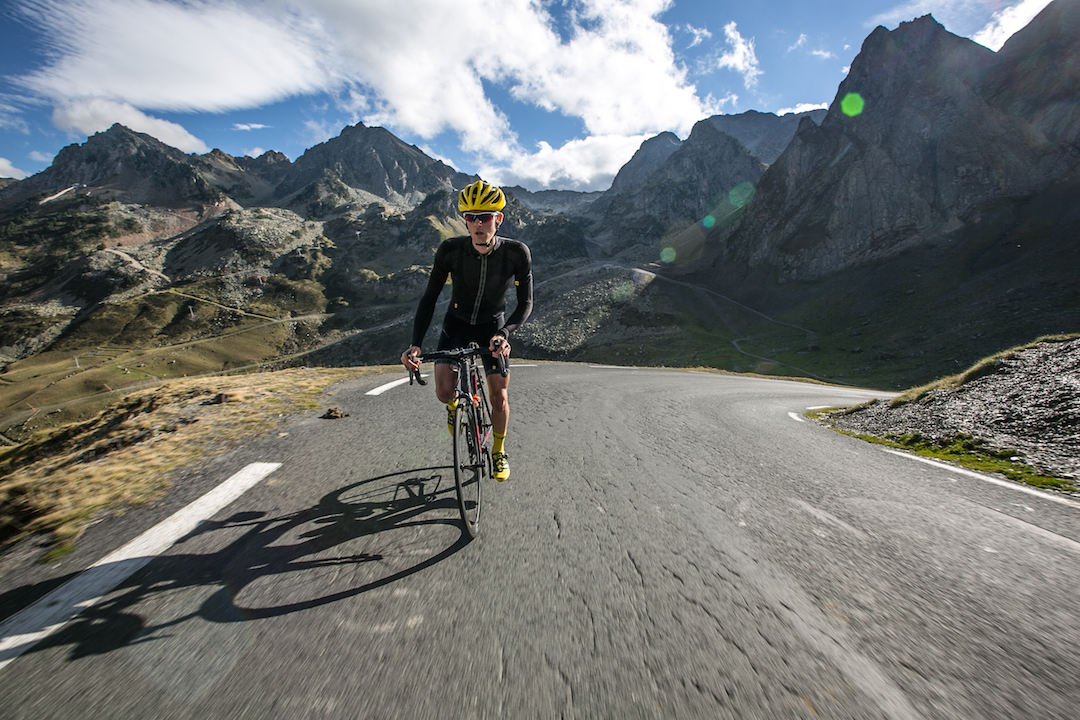
Ascending the mountain from the east, starting at Sainte-Marie-de-Campan you will be faced with 17.2km of climbing with the steepest section coming on the approach to the ski station at La Mongie with 5km to go. From the west, starting at Luz-Saint-Sauveur, the climb is slightly longer at 19km. In both instances the road rarely rises above 10% gradient which means with the right pace and gearing you should be able to find a rhythm and ride in awe at the mountain landscapes as you twist and turn towards the Jacques Goddet memorial and Le Geant du Tourmalet statues at the top.
Hautacam
Although the climb up to Hautacam ski station has only featured four times in the Tour de France, each occasion produced thrilling racing. It was here in ’94 that Miguel Indurain showed that there was more to the quiet Spaniard than just time-trialling. Two years later Bjarne Riis made the remaining Tour contenders look like amateurs, eyeballing his competitors before delivering his final victory kick. In 2000 Lance Armstrong lead a ferocious charge up the mountain in pursuit of Javier Otxoa, catching and distancing a lead group containing Richard Virenque and Fernando Escartin. Unfortunately we’d find out in subsequent years that many of these performances were more than wind assisted. Despite this, Hautacam is still an absolute gem that has to ridden.
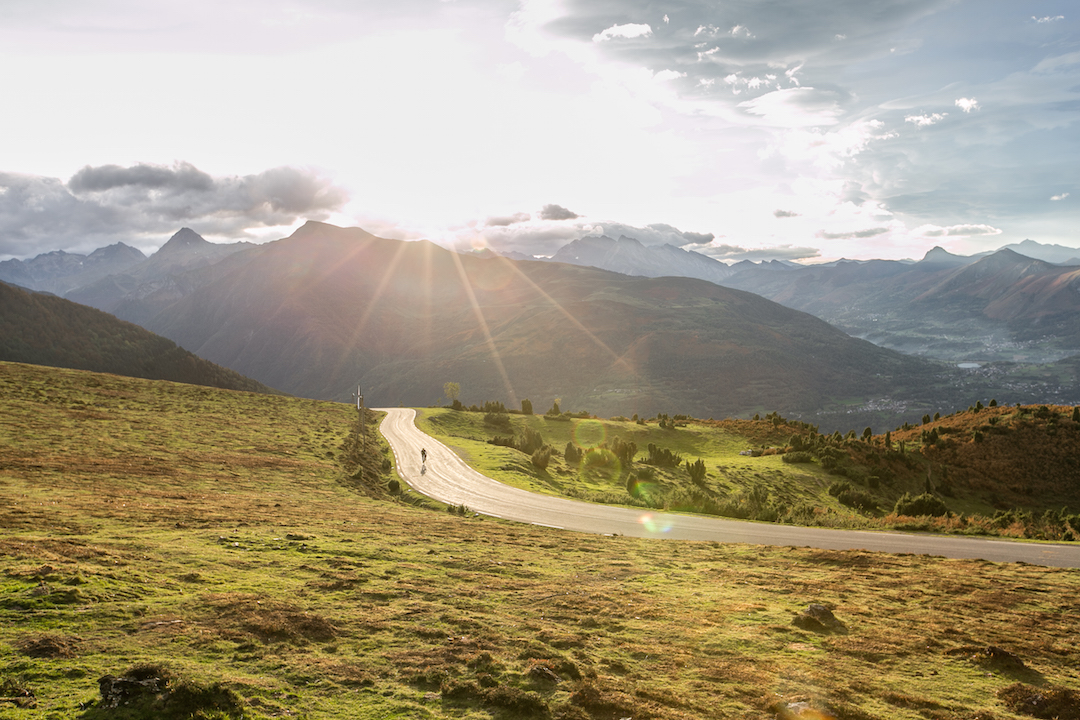
Although relatively short in comparison to the likes of the Col du Tourmalet at “just” 13.6km it’s the continual undulation of its slopes that make getting into any meaningful rhythm tough, rarely dropping below 8% gradient and pitching up to 13% just 3km from the summit make this a truly beautiful and rewarding ascent to add to your chalk board. Length: 13.6km Av. Gradient: 7.8% Max Gradient: 13% Start Elevation: 456m End Elevation: 1,520m Elevation Gain: 1,064m
Superbagnères
The 18.5km climb up to the Superbagnères ski station may be less well known than the likes of the Tourmalet or Aubisque but it’s still very much part of cycling history - last appearing in the Tour de France in 1989 when Scotland’s Robert Millar danced up its slopes to win the stage along with the climber’s polkadot jersey in the process. Although the 6.3% average gradient can often lull you into a false sense of security, this is mainly due to the gradual first half of the climb that also includes a short downhill section.
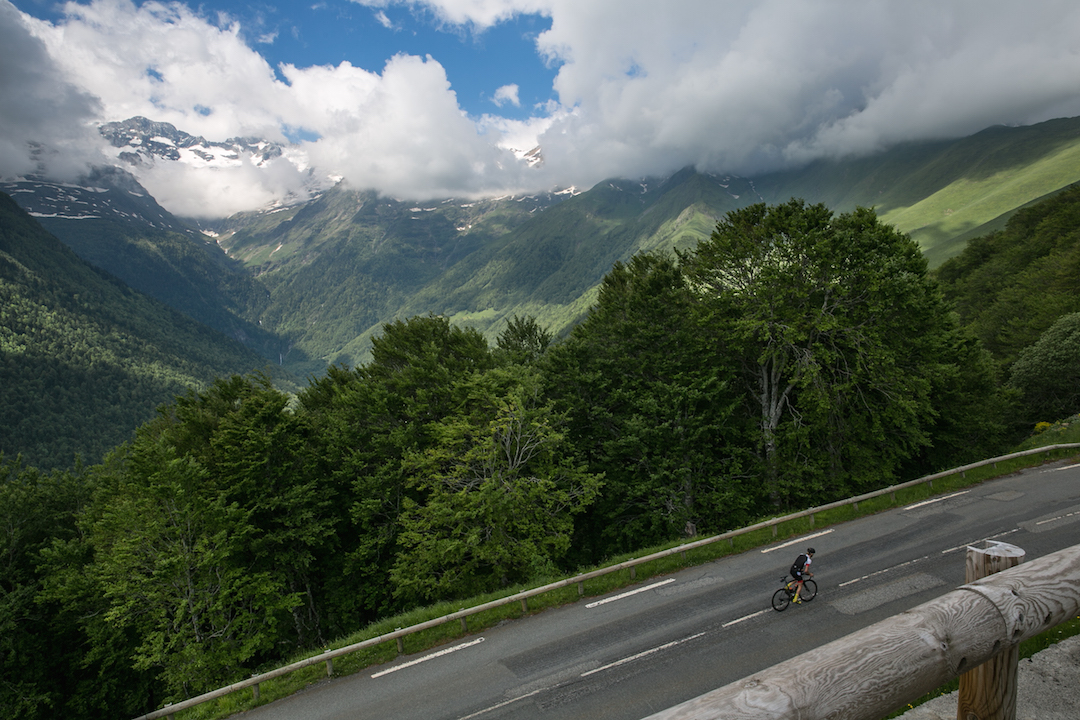
The climb really starts to show its authority with 9km to go as the thermal spa town of Bagnères-de-Luchon where you started becomes more distant. Surrounded by multiple 3,000m peaks the panoramic views are truly breathtaking on a clear day as the road continually snakes its way up ahead.
Col du Peyresourde
If you’re visiting Bagnères-de-Luchon then there’s absolutely no excuse not to conquer both Superbagnères and the Col de Peyresourde as they start in the same town. Situated in Haute-Garonne region of the Pyrénées, and almost exactly central from the Atlantic Ocean and Mediterranean Sea, the Col de Peyresourde is a classic that’s featured more than 50 times in the Tour de France. With clear views of the surrounding mountains all the way up the real beauty of the Peyresourde is that at 1,569m above sea level it means it can often be ridden earlier or later in the season with less chance of snow. From Bagnères-de-Luchon in the east the ascent is just over 15km in length with a gently undulating profile, between 4-8% gradient that allows you to take in the scenery as it’s intended.
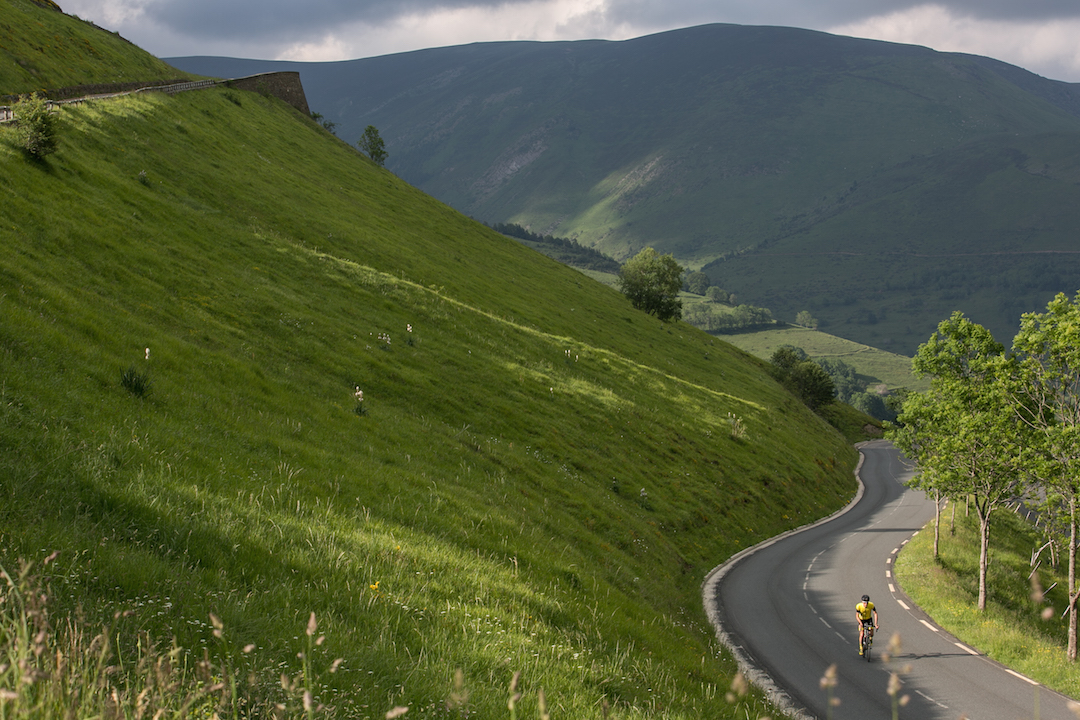
From the west the climb is shorter at 8.3km and more consistent in its profile. With little in the way of trees to shelter you from the elements it can feel like a furnace in the summer or particularly windy should it start to gust. However you’re feeling on the slopes of the Peyresourde, the lure of 12 crepes for 5 euros at the 1,569m summit will be a welcome reward for your efforts!
Ride safe and enjoy making your own mountain history!
Mike Cotty
Article first published on roadcyclinguk.com
For more help and advice why not ASK THE EXPERTS
Topic: Climbs · Travel
More advice in this topic
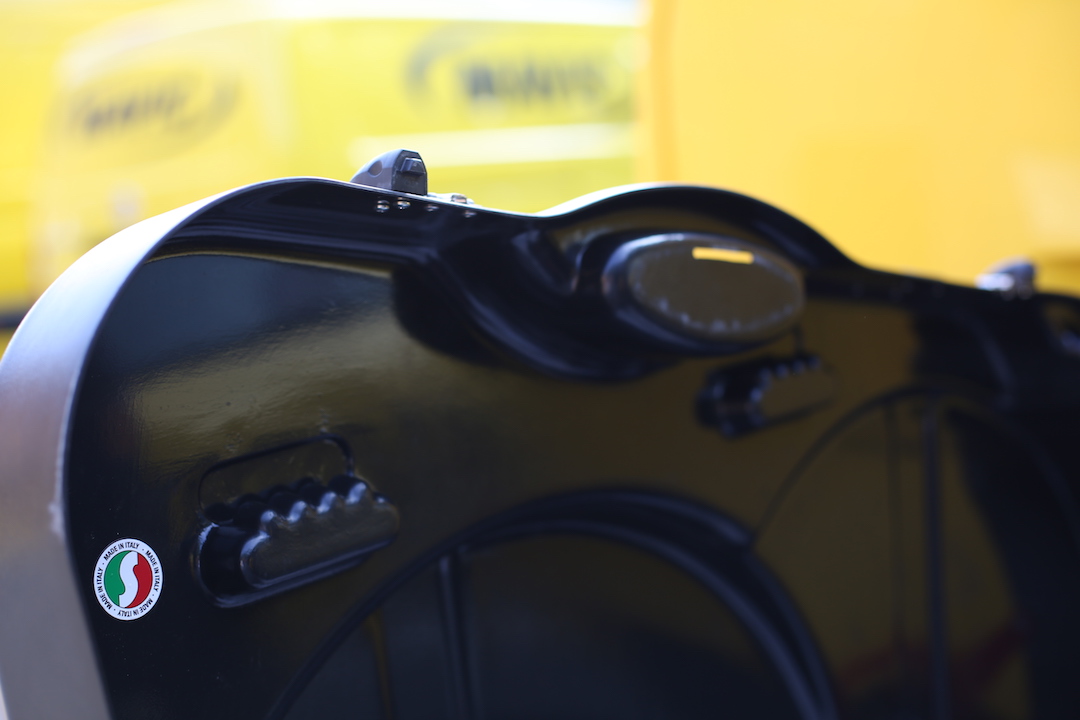
How to Avoid Excess Baggage Charges when Travelling with Your Bike?
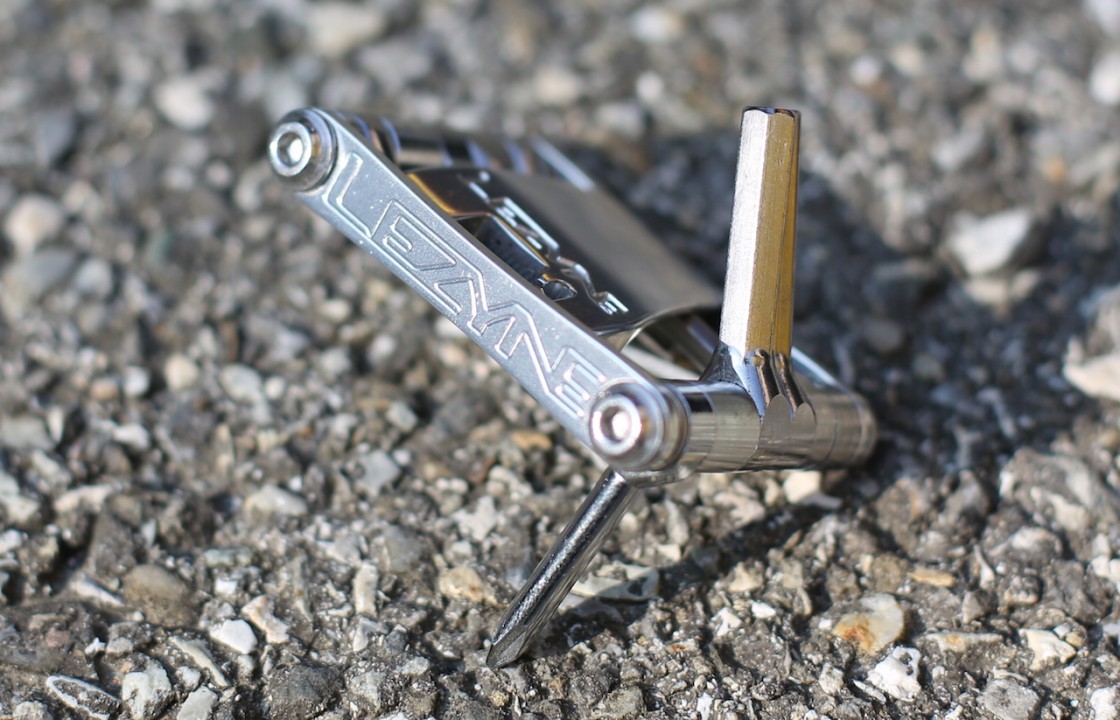
Essential tools & spares when travelling with your bike
How is it best to travel with your bike?
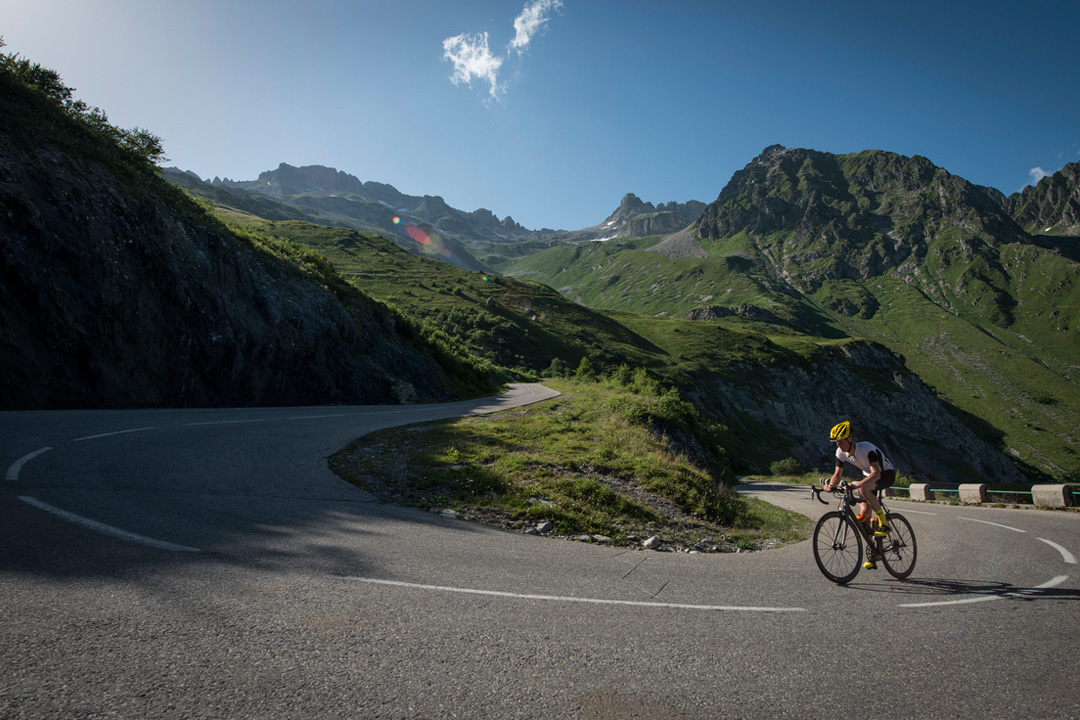
Five tips to help you climb better
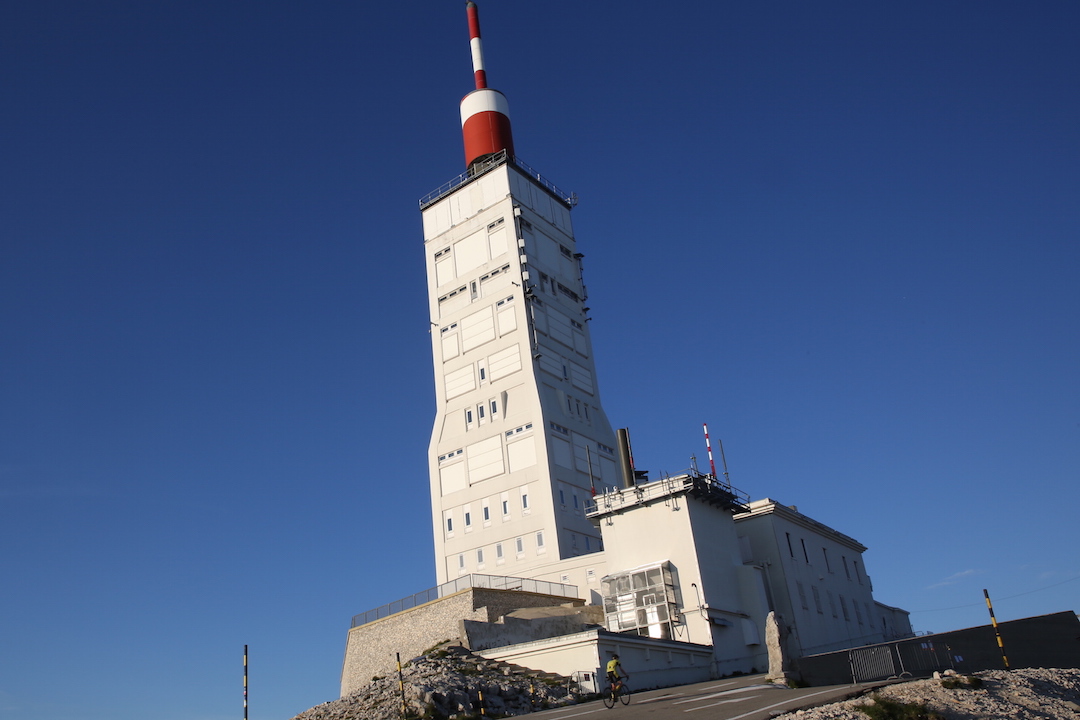
A Beginners Guide to Cycling in the Mountains











